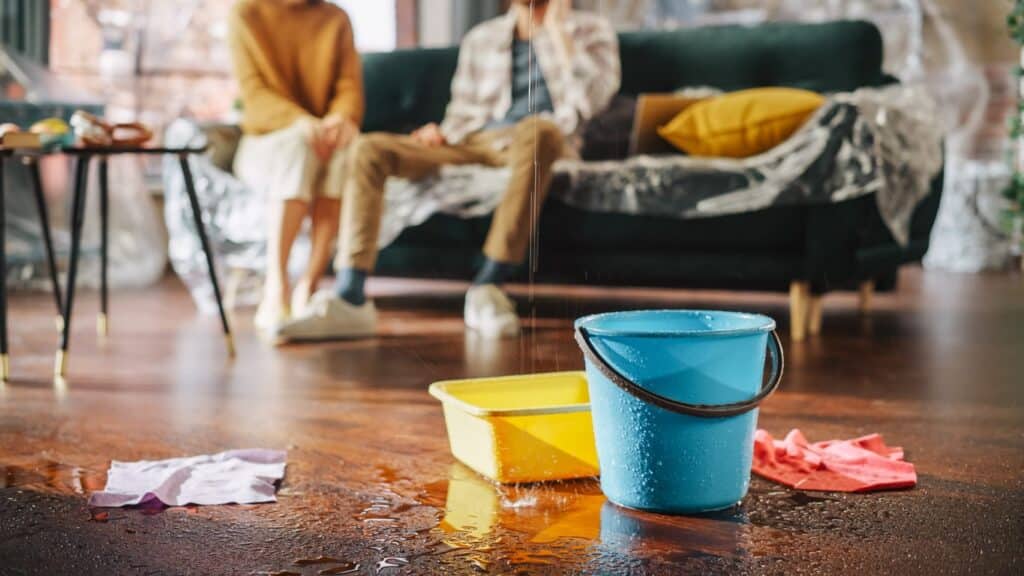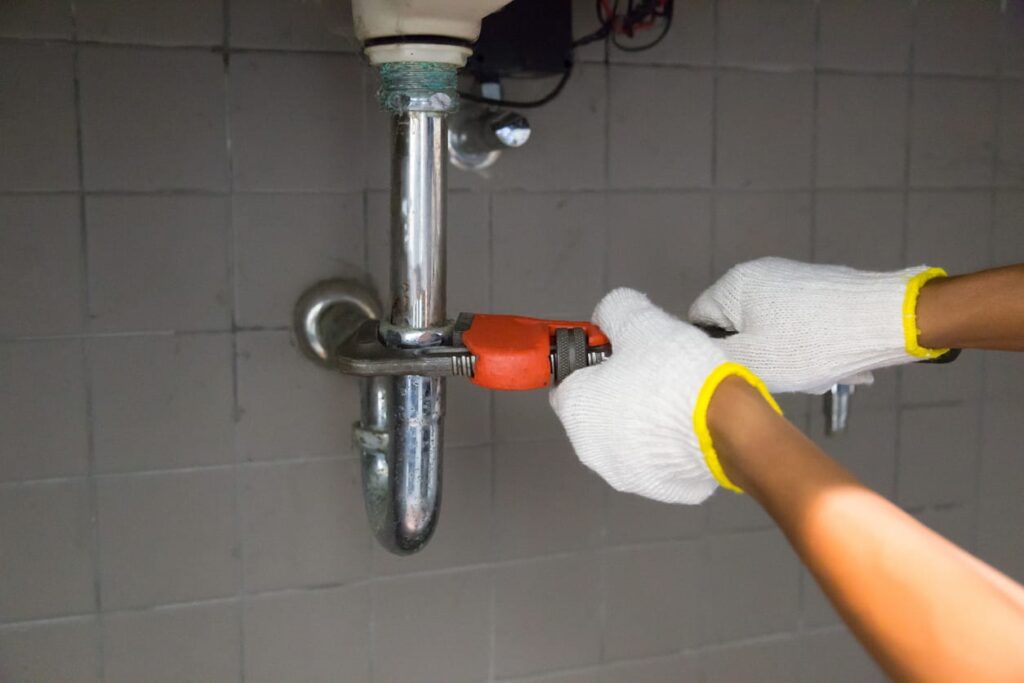
After receiving a water leak notification, it is important to take immediate action in order to mitigate any potential damage. Water leaks can cause extensive damage to properties, leading to costly repairs and disruption of daily life. By taking action promptly, you can help minimize and resolve the impact of a water leak.
What is a water leak notification?
If you are a customer of the Las Vegas Valley Water District, or the City of Henderson Department of Utility Services, you may receive a letter or phone call if abnormal water usage is detected. Another type of water leak notification is sent by automated phone call or text message. Many homes in the Las Vegas area have advanced water leak detection metering technology that detects when there is continued water usage. So, if your meter detects the continuous flow of water for more than three days, it often indicates a water leak and triggers a notification.
What to do after you’ve gotten a water leak notification
After you’ve received a water leak notification, it’s crucial to act swiftly using the following steps:
- Stay calm: While a water leak can be stressful, it’s important to remain composed and focused on addressing the issue promptly
- Verify the source: Attempt to determine the source of the leak. The most common areas to check are your water main line, toilets, water softener, irrigation system, and pool or pool refill valves.
- Shut off the main water supply: If you cannot locate the leak’s source, locate your main shutoff valve and turn it off to stop further water flow. This will help minimize water usage and damage and give you time to assess the situation.
- Call professionals: Contact a licensed plumber or contractor experienced in water leak detection and repair services as soon as possible. Plumbers have advanced equipment for locating, repairing, and fixing a water leak.
- Assess the damage: Once the leak has been found, inspect affected areas for visible signs of damage, such as wet floors, walls, or ceilings. Take note of any valuables or furniture that may have been impacted by water exposure.
- Document the damages: Take photos or videos of any visible damage caused by the leak before initiating cleanup efforts. These records can be valuable when filing insurance claims later on.
- Dry out affected areas: Use towels, mops, fans, and dehumidifiers to remove excess moisture from the home promptly once the leak has been fixed. This helps mitigate mold growth and additional structural damage.
- Cleanup and restoration: Once everything has dried out, thoroughly clean and disinfect the affected areas to prevent any potential health risks from mold and mildew. Depending on the extent of the damage, you may need professional help for restoration.
- Contact your insurance company: If you have homeowner’s or renter’s insurance, notify your provider about the water leak incident as soon as possible to initiate claims processing
- Prevent future leaks: Take steps to prevent future water leaks by addressing any underlying issues that caused the leak in the first place
Following these steps after receiving a water leak notification can minimize damage and ensure a swift recovery process for your property and peace of mind.
How can I find the source of my water leak?
To locate the source of a water leak, follow these steps:
- Inspect the water main: Start by checking your property’s water main. Look for any leaking or dampness around the valve or pipe connections.
- Check toilets: Add a few drops of food coloring into the tank and wait 15 minutes without flushing. If colored water appears in the bowl, it suggests there is a leak within the toilet that needs to be addressed.
- Examine water softeners: Water softeners can sometimes develop leaks due to faulty valves, loose connections, or damaged hoses/tubes. Inspect all components of your water softener system carefully for signs of leakage or dripping.
- Inspect sprinkler systems: If you have an irrigation system on your property, check for broken sprinkler heads or underground pipe leaks by visually inspecting each zone and looking for areas with excessive pooling or oversaturation
- Verify pool or pool refill valve: Conduct an inspection around the pool equipment area and near any fill valves used to maintain water levels to determine any visible signs of leakage
Contact a professional plumber if none of these locations reveal obvious signs of a leak.
Is there water usage forgiveness after the leak is fixed?
If you had a water leak and had it fixed, you may qualify for water usage forgiveness through the Leak Adjustment Program. According to the Las Vegas Valley Water District, you are eligible if you meet the following criteria:
- You have owned or lived at the property for at least 13 months when the leak occurred
- The average daily water usage doubled from the same billing period from the previous year
- The leak was detected and repaired within 90 days
- You have not previously participated in this program at your current residence
- You apply for the water usage forgiveness within one year of the leak repair
Other water authorities in the Las Vegas area have similar programs as well. To find out how to qualify for those programs, contact your water supplier directly.
Call our water leak detection company in Las Vegas now
If you have received a water leak notification or suspect a water leak, contact our water leak detection company in Las Vegas today. At Larkin Plumbing, our plumbers have access to the latest equipment and water leak detection technologies to locate and fix a water leak quickly and efficiently.
Contact Larkin Plumbing now for water leak detection and repair services >>
Sources:
How Do Leak Detection Systems Work? (2021).
Taylor, G. and Vila, B. (2020). How To: Find a Plumbing Leak.


